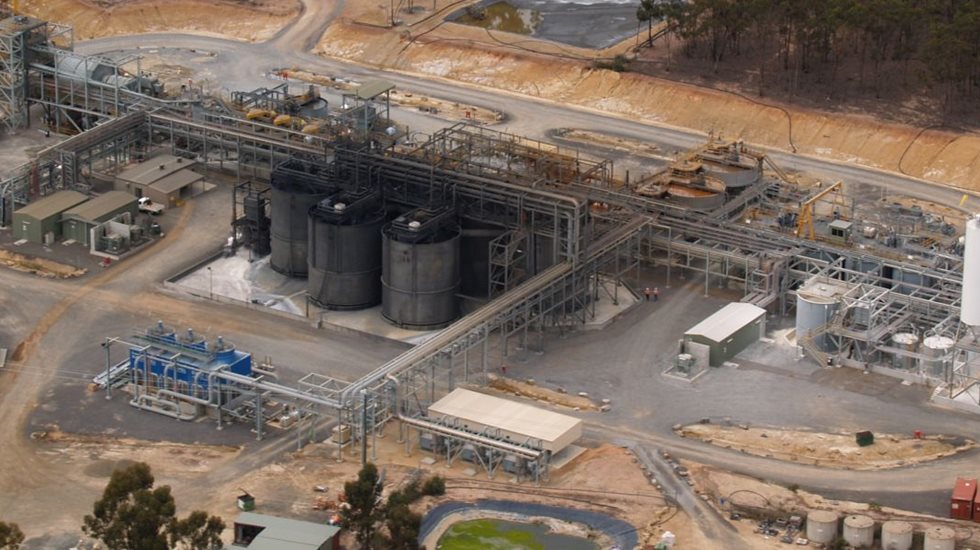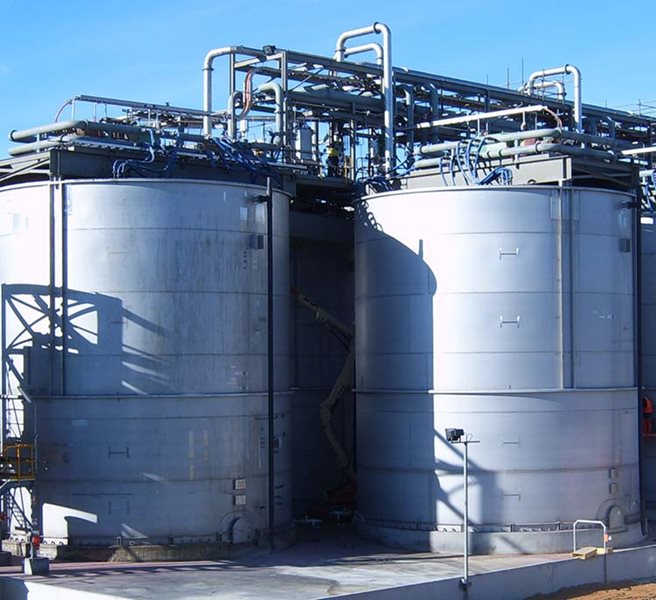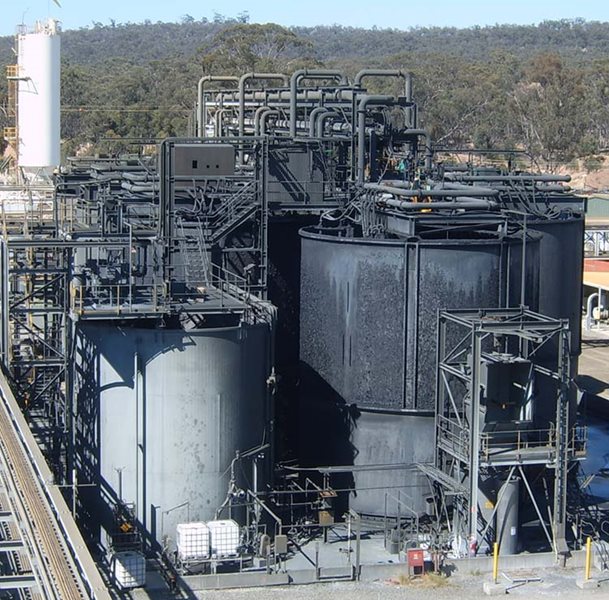Kirkland Lake Gold is a mid-tier gold producer targeting ~530,000 – 570,000 ounces in Tier 1 mining jurisdictions of Canada and Australia. The production profile of the Company is anchored by three high-grade, low-cost operations, the Macassa Mine and the Taylor Mine, located in North-eastern Ontario, and the Fosterville Mine located in the state of Victoria, Australia. Kirkland Lake Gold’s solid base of quality assets is complemented by district scale exploration potential, supported by a strong financial position with extensive management and operational expertise.
Kirkland Lake Gold acquired the Fosterville Gold Mine through the business combination with Newmarket Gold, which was completed on November 30, 2016.
Fosterville Mine
The Fosterville Mine is a high-grade, low cost underground gold mine, located 20km from the town of Bendigo, Australia. It is the largest gold producer in the state of Victoria, Australia. The Fosterville Mine features extensive district scale exploration potential and low cost production. The mine is located in an area with well-developed infrastructure and is accessible by paved roads. Fosterville’s ore is processed at the mine’s ~830,000 tonnes per year mill.
Processing at Fosterville
The processing path for the ore involves crushing and grinding followed by flotation, bacterial oxidation and CIL circuits. The modern sulphide treatment plant is one of the world's leading BIOX systems and has achieved record recoveries. Fosterville commenced production in April 2005 and poured its one millionth ounce of gold in January 2016, representing an important milestone of safe and sustainable production at the mine.
Background
Mining at Fosterville has taken place intermittently since 1894. Contemporary exploration and heap leach operations commenced in the 1980s. By 2001 open pit oxide ore reserves were exhausted. Investigations into mining and processing of deeper primary ore commenced back in 1992, with various feasibility studies carried out since then. Following completion of deeper drilling in 2001 and 2002, a detailed feasibility study in 2003 was based on mining and processing of refractory primary open pit and underground ore at 800,000 t/y. By November 2003, engineering of this plant had commenced, with production at the new ore processing facility in April 2005.
Outotec BIOX® Process
The Outotec BIOX process was developed for the pre-treatment of refractory ores and concentrates ahead of conventional cyanide leach for gold recovery. The gold in these ores is encapsulated in sulphide minerals such as pyrite, arsenopyrite and pyrrhotite, thus preventing the gold from being leached by cyanide. The BIOX process destroys the sulphide minerals and exposes the gold for subsequent cyanidation, thereby increasing the overall gold recovery that can be achieved.
BIOX advantages
The plant design offers a low capital cost solution, reliable process performance and the application of robust, energy-efficient equipment. The BIOX process can operate over a wide range of feedstock characteristics and can be customized to fit specific project requirements. The technology is scalable and simple to operate, using a modular design. The Outotec BIOX process has been in commercial operation for over 30 years with 13 successful plants commissioned worldwide. To date, over 22 million ounces of gold have been produced through this process.
Fosterville process selection
Fosterville primary ore is highly refractory generally exhibiting less than 10% cyanide leach extraction after grinding to a size of P 80 = 45 micron. It requires oxidative pre-treatment to release gold from pyrite and arsenopyrite. The grade and flotation response of Fosterville ore indicated oxidative pre-treatment of a flotation concentrate rather than whole ore, with POX and BIOX technologies being the main options for this pre-treatment.
In addition to estimating capital and operating costs and incremental recovery differential, site staff visited both POX and BIOX plants to assess operating criteria. The more significant criteria included safety, environmental acceptability, capital and operating cost, technical risk and ease of expansion. Additionally, further criteria included implementation and ramp up time, operability, maintainability and spares holding as well as sensitivity to feed sulphur grade variations and water quality. These and other criteria were evaluated using a semi quantitative analysis process. Results indicated with reasonable certainty that BIOX would be the more suitable of the two technologies for processing a concentrate produced from Fosterville ore at a rate of 800,000 t/y.
Close customer collaboration
Outotec worked closely with the customer, providing test work, consulting and process engineering services through the development of the project, from first batch tests through to bankable feasibility study. BIOX test work was undertaken intermittently over a period of some 7 years on a wide range of flotation concentrate samples and under a variety of conditions. Results of early batch test work indicated that the BIOX culture adapted easily to the Fosterville concentrate, achieving high sulphide oxidations on a range of variability samples. Final BIOX liquors had soluble iron to arsenic (Fe:As) molar ratios exceeding 3:1 and generated stable basic ferric arsenate precipitates on neutralization. Leach tests on the BIOX residue samples confirmed high cyanide leach gold recoveries can be achieved on the fully oxidised BIOX product samples.


